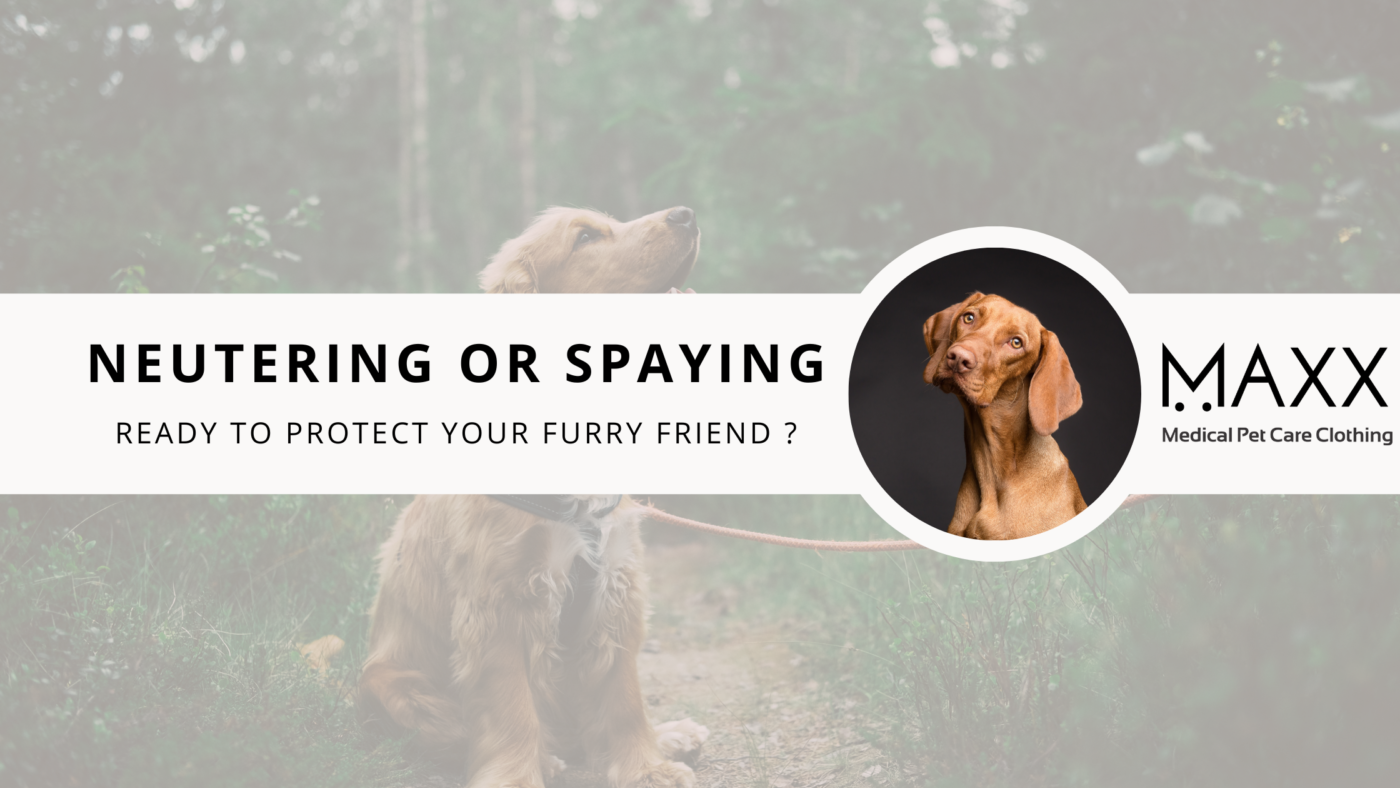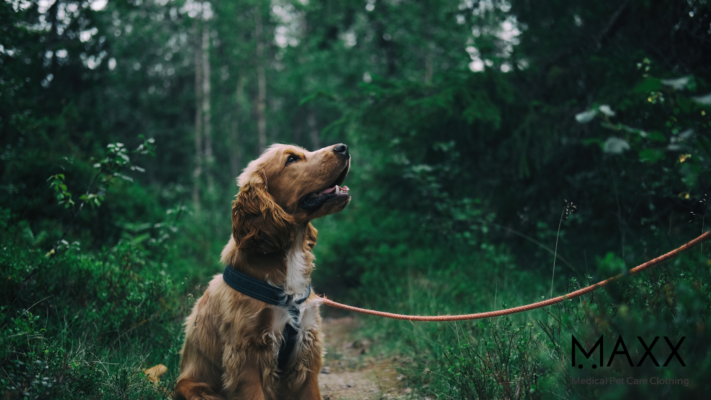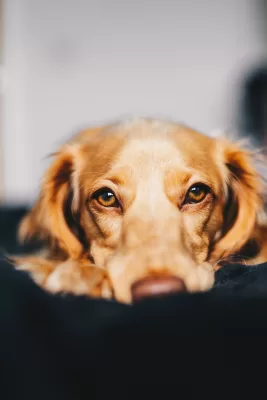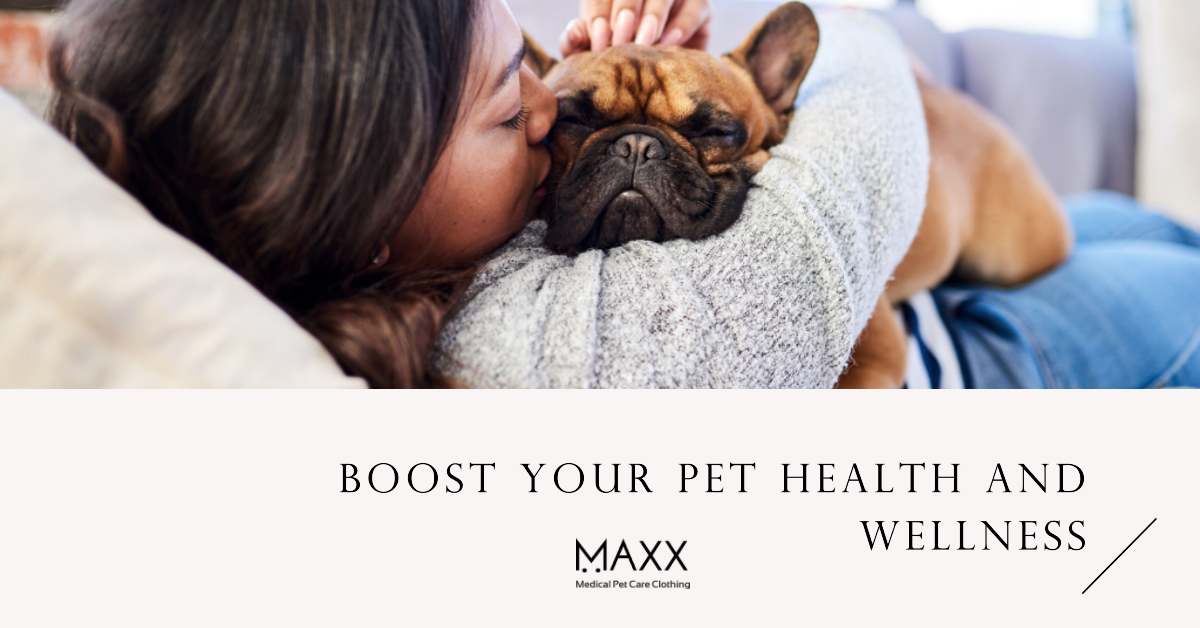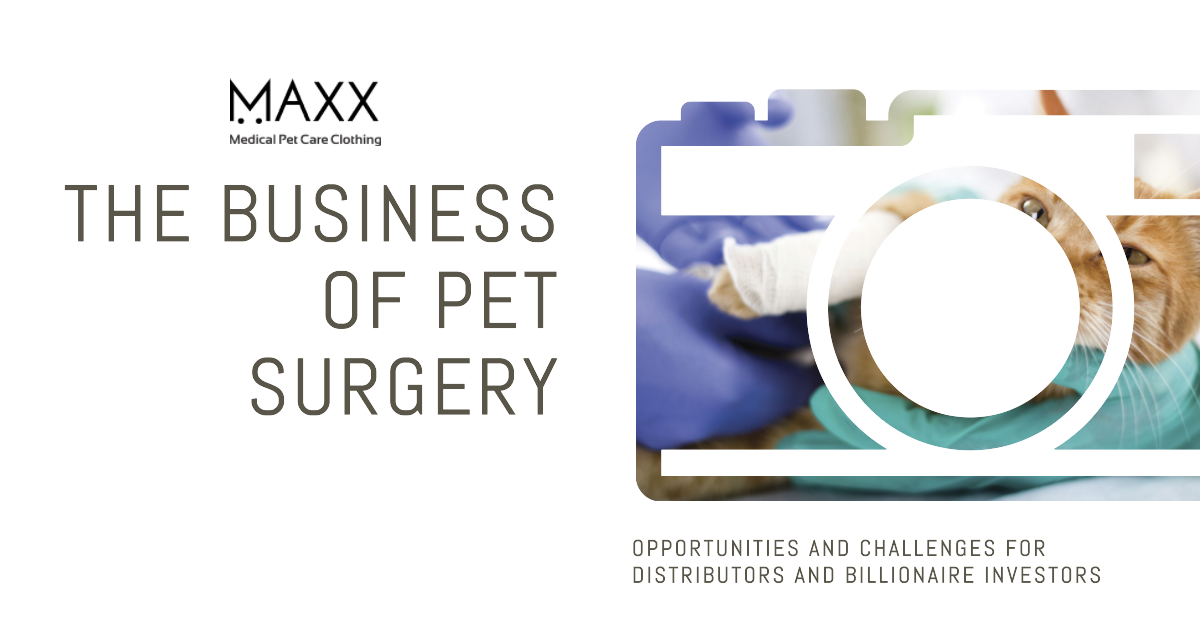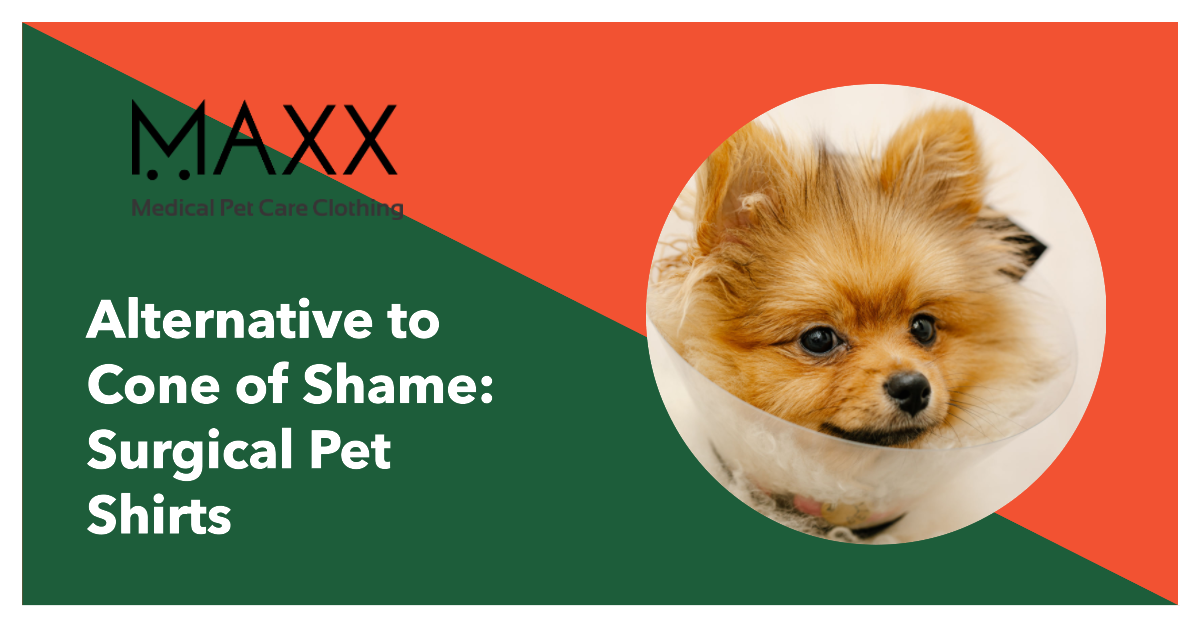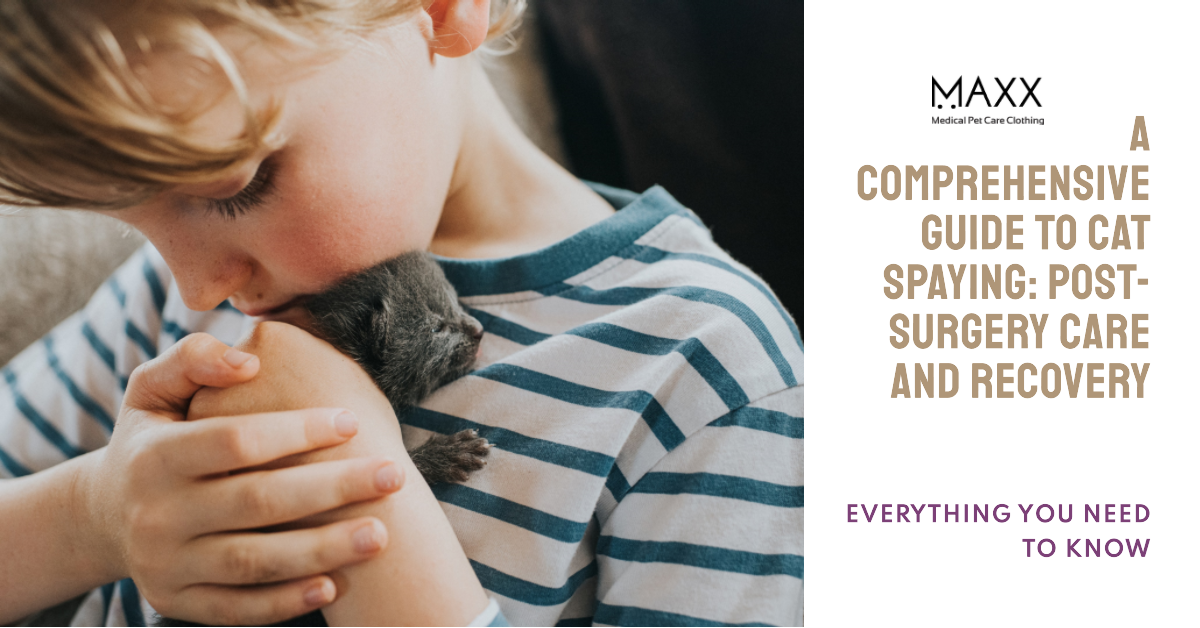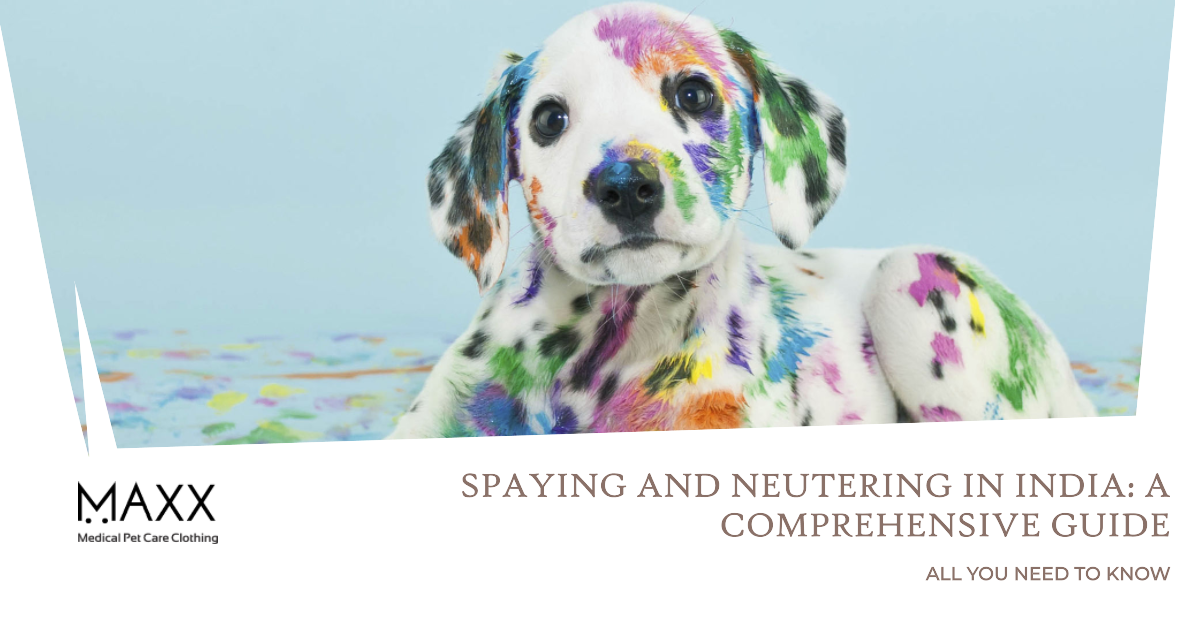MAXX Pet Blogs
“7 Things You Need to Know About What to Expect After Neutering or Spaying Your Dog”
Introduction
Neutering or spaying your dog is an important decision that can have a significant impact on their health and behavior. Whether you have decided to neuter/spay your dog for health reasons or to prevent unwanted litters, it’s important to know what to expect after the procedure.
What to Expect After Neutering or Spaying Your Dog here are some tips:
- Neutering or spaying your dog can reduce the risk of certain health problems.
- Recovery time after surgery typically lasts 10-14 days.
- Your dog may experience some discomfort and require pain medication.
- You’ll need to limit your dog’s activity during the recovery period.
- Your dog may experience a decreased appetite after surgery.
- Your dog’s behavior may change, becoming calmer or less aggressive.
- Follow-up veterinary care is important to ensure proper healing and monitor any potential complications.
What to Expect the First Night After a Spay or Neuter
- Neutering or spaying your pet is an important part of responsible pet ownership.
- However, it’s normal to feel anxious about what to expect during the recovery process.
- One common concern pet owners have is what to expect the first night after a Neutering or Spaying procedure.
What Happens During the Procedure?
- Before we get to the recovery process, let’s first understand what happens during the procedure.
- Both Neutering or Spaying procedures are typically performed under general anesthesia.
- Your pet will be given a sedative to help them relax, and then they’ll be put under anesthesia so that they don’t feel any pain during the procedure.
- The procedure typically takes between 30 and 60 minutes.
The First Night After the Procedure
- After the procedure, your pet will need a quiet and comfortable place to recover.
- When you bring them home, they may still be groggy from the anesthesia, and they may not be interested in food or water.
- This is normal, and you shouldn’t force them to eat or drink.
- Your veterinarian may recommend that you limit your pet’s activity for the first few days after the procedure.
- This means no running, jumping, or playing. You may need to help your pet get up and down, and you may need to carry them up and down stairs.
- You should also keep an eye on the incision site. It’s normal for there to be a small amount of bleeding or discharge for the first few days, but if you notice any excessive bleeding or discharge, or if the incision site looks red or swollen, you should contact your veterinarian.
Providing Comfort
One of the best things you can do for your pet during their recovery is to provide them with a comfortable place to rest.
This may mean setting up a cozy spot in a quiet room or using a crate.
You can also consider using Maxx Medical Pet care clothing and read the blog on what not to use a E-collar to help your pet feel more comfortable during their recovery.
These shirts are designed to be extra soft and stretchy, providing warmth and comfort for your pet during their recovery period.
Neutering or Spaying your pet is an important part of responsible pet ownership, but it’s normal to feel anxious about the recovery process.
The first night after the procedure may be a bit challenging, but with a little bit of patience and care, your pet will be on the road to recovery in no time.
Remember to follow your veterinarian’s post-operative instructions, and consider using Maxx Medical pet care clothing to provide your pet with extra comfort during their recovery period.
Monitoring the Spay or Neuter Surgery Incision
Monitoring your pet’s incision after a spay or neuter surgery is an important part of their post-operative care.
The incision site is where the veterinarian made the surgical cut, and it’s important to keep a close eye on it to ensure that it’s healing properly and that there are no complications.
Read : Protect your pup article
What to Expect
After the surgery, your pet’s incision site will likely be covered with a bandage or surgical glue.
It’s important to leave this bandage or glue in place until your veterinarian tells you it’s safe to remove it.
Removing the bandage or glue too soon can cause the incision site to open up and become infected.
In the days following the surgery, it’s normal to see some mild swelling and redness around the incision site.
However, if you notice any excessive swelling or redness, or if there is any discharge or bleeding from the site, you should contact your veterinarian immediately.
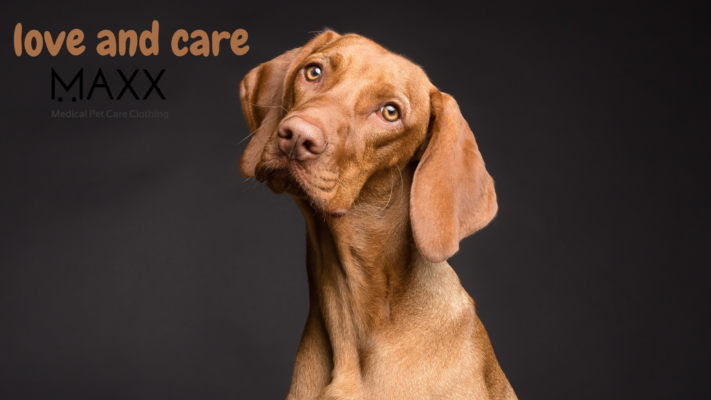
How to Monitor the Incision
To monitor your pet’s incision site, you should check it at least once a day.
You should look for any signs of redness, swelling, or discharge.
If your pet is wearing clothing, such as Maxx Medical Pet care clothing, you may need to remove the clothing to inspect the incision site.
You should also keep an eye on your pet’s behavior.
If they are licking or chewing at the incision site, this can cause it to become infected or delay the healing process.
If you notice your pet licking or chewing at the site, you should try to distract them with a toy or treat, or you may need to use an Medical pet care clothing or similar device to prevent them from accessing the site.
When to Seek Veterinary Care
- If you notice any signs of infection or complications at the incision site, you should contact your veterinarian immediately.
- Signs of infection can include excessive swelling or redness, discharge or bleeding from the site, a foul odor coming from the site, or your pet acting lethargic or not eating.
- Your veterinarian may want to see your pet for a follow-up visit to check the incision site and ensure that it’s healing properly.
They may also prescribe antibiotics or other medications to help with the healing process.
- Spaying or neutering surgeries are common procedures performed on pets to prevent unwanted litters and provide various health benefits.
However, one potential complication that can occur after these surgeries is self-trauma. Self-trauma refers to a pet causing harm to themselves by licking or chewing at their incision site.
This can lead to infection, delayed healing, and other complications.
Here are some tips for preventing self-trauma after Neutering or Spaying:
Provide Distractions
- Another way to prevent self-trauma is by providing your pet with plenty of distractions.
- This can include toys, treats, and interactive playtime.
- The more occupied your pet is, the less likely they are to focus on their incision site.
Monitor Your Pet
- It’s important to keep a close eye on your pet in the days following their surgery.
- Check their incision site at least once a day for any signs of self-trauma or infection.
- If you notice your pet licking or chewing at the site, distract them with a toy or treat, and consider using an medical pet care clothing if necessary.
Consider Post-Surgery Clothing
- Post-surgery clothing, such as Maxx Medical Pet care clothing, can also be useful in preventing self-trauma.
- These shirts are designed to fit snugly around your pet’s body, covering their incision site and preventing access.
- They are also made from soft, stretchable, and breathable material, ensuring your pet’s comfort during their recovery period.
Keep Your Pet Calm
- Stress and anxiety can cause your pet to focus on their incision site and potentially cause self-trauma.
- Keep your pet calm and relaxed during their recovery period by providing a quiet and comfortable space, plenty of rest, and lots of love and attention.
- Preventing self-trauma after Neutering or Spaying is essential for promoting healing and preventing complications.
- monitoring your pet, using post-surgery clothing, and keeping your pet calm, you can ensure that your pet has a successful and smooth recovery period.
- If you have any concerns or notice any signs of infection or complications, contact your veterinarian immediately
- Monitoring your pet’s incision after a Neutering or Spaying surgery is an important part of their post-operative care.
- By checking the site daily and keeping an eye out for any signs of infection or complications, you can ensure that your pet is healing properly and getting the care they need.
- Remember to follow your veterinarian’s post-operative instructions, and consider using Maxx Medical Pet Care Clothing to help keep your pet comfortable during their recovery period.
Recovery Period after Neutering or Spaying surgery
- After the surgery, your dog will need a few days to recover.
- During this time, it’s important to keep them calm and rested.
- Your veterinarian may prescribe pain medication to help with any discomfort, and they may also recommend an Surgical pet shirt to prevent your dog from licking or chewing at the incision site.
- However, traditional E collars can be uncomfortable for dogs, making it difficult for them to eat, drink, and move around. That’s where Maxx Medical Pet Care Clothing come in.
Maxx Medical Pet Shirts
- Maxx Medical Pet Care Clothing are a top-class post-surgery wear that serves as an alternative to E collars or cones of shame for dogs, cats, and rabbits.
- These shirts are designed to provide warmth and comfort for your beloved pet during their recovery period.
Here are some of the features of Maxx Medical Pet Care Clothing:
- Extra soft and stretchable fabric
- Breathable and comfortable design
- Patented design for freedom of movement
- Easy for your dog to pee and poop
- Available in 11 sizes for dogs and 2 colors (Peacock Blue and Ruby Red)
- Machine washable and autoclavable
- Recommended by veterinarians
- Maxx Medical Pet Shirts are not only great for post-surgery recovery and healing, but they can also be used for other urogenital and seasonal skin issues, incontinence, road accidents, and friction burns.
Conclusion
- Neutering or spaying your dog is an important decision, and it’s important to know what to expect after the procedure.
- With Maxx Medical Pet Care Clothing your dog can recover comfortably without the discomfort of traditional E collars.
- Check out their dog pet shirts, cat pet shirts, and rabbit pet shirts on their website or on Amazon.
- Maxx Dog Pet Shirts
- Maxx Cat Pet Shirts
- Maxx Rabbit Pet Shirts
- Maxx Medical Pet Shirts Website
- Maxx Pet Medical Pet Suit on Amazon

